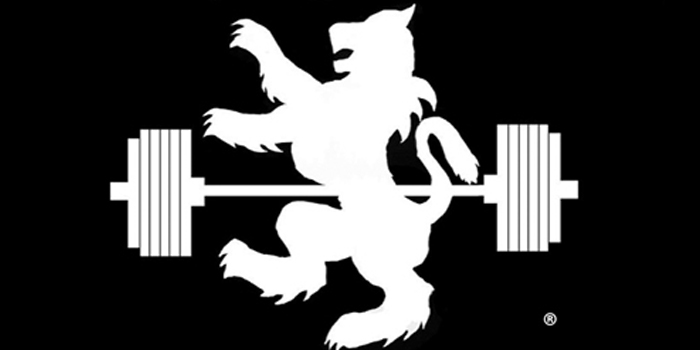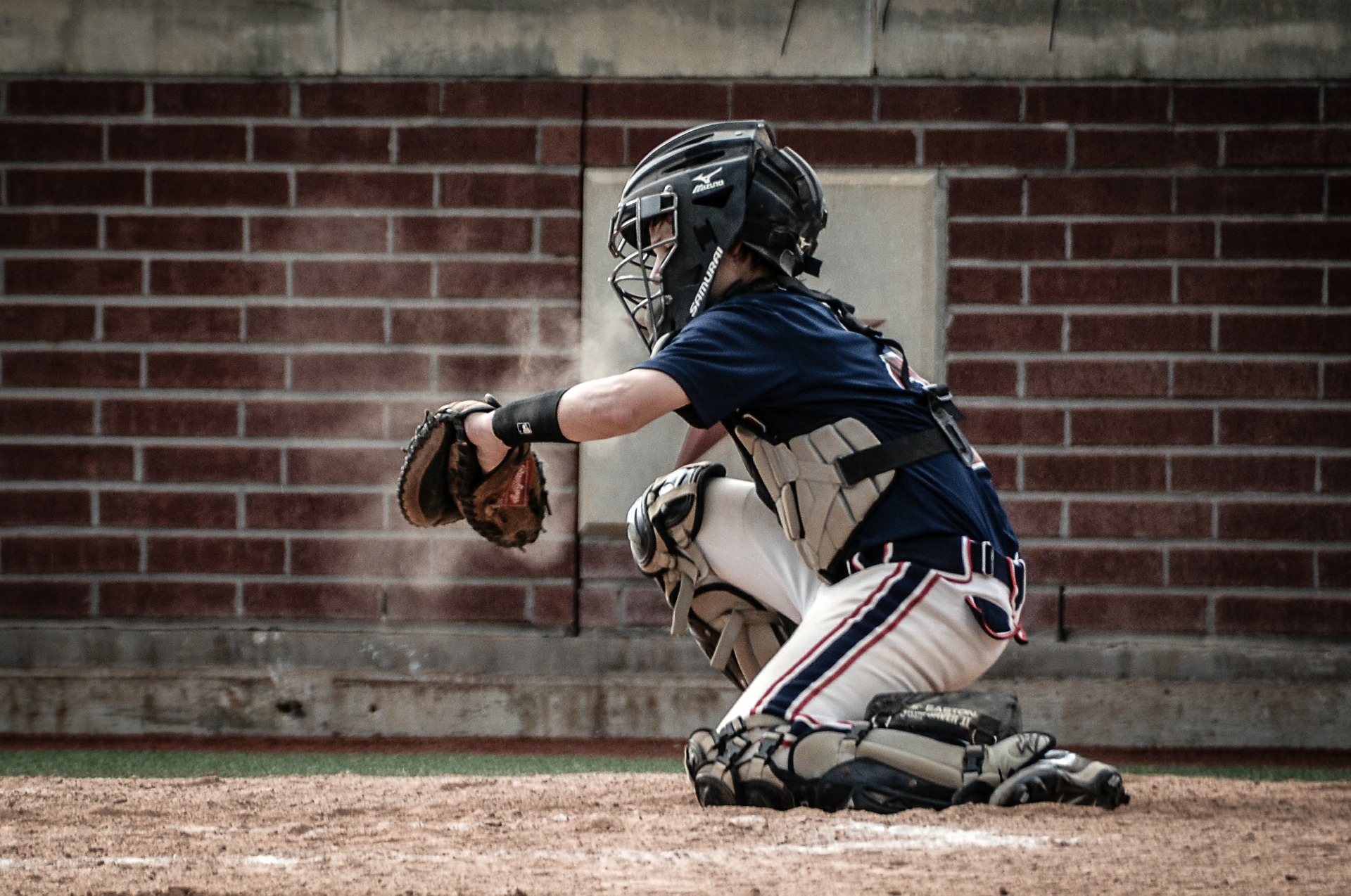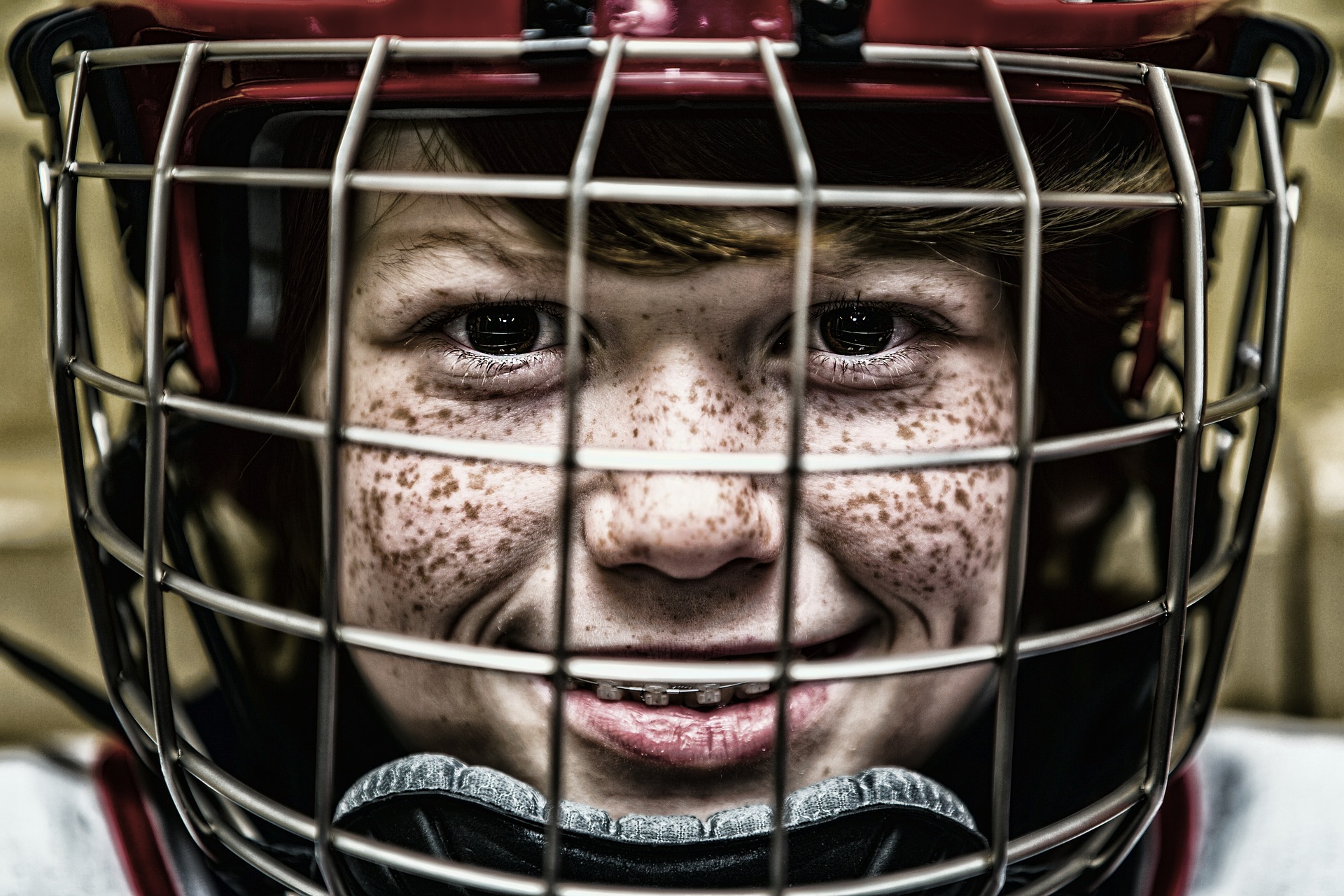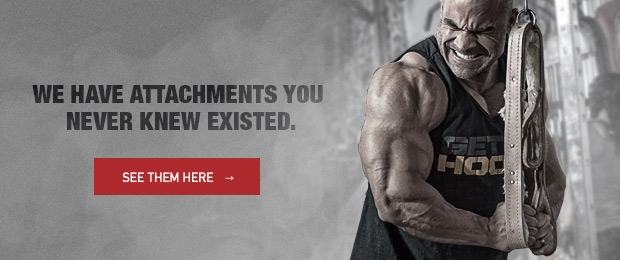
The iPhone buzzed impatiently in the front pocket of my gym shorts. I fished it out, squinted, and noted someone had sent me a message via the Facebook app. Messenger, to be exact.
Erik, what can I buy for Timmy to help him gain fifteen pounds?
I knew the direction Timmy’s mother was angling, but I definitely had another avenue in mind. I cobbled-together a quick message, pecking away with impatience and calloused thumbs.
Power rack and a 300 pound Olympic weight set, preferably with a Texas Power Bar.
I placed the phone on my custom-padded table, also known as a reverse hyper, and prepared for a pre-training stretch when the iPhone quickly buzzed again. I could almost sense a touch of annoyance in its ring.
No, I meant what supplements should I buy him? Like protein or weight gainer.
RELATED: How To Develop Strength in Untrained Children
I put the phone down again, showing a bit of frustration. After pacing a bit and running my hands through what’s left of my hair, I quickly composed another response.
Karen, I know that’s the direction you were going, but I’m trying to set Timmy down the right path. You can buy him all the protein you want, but without the work, it’s all for naught. He has to do the work first and utilize the nutrition to recover for the work so that he can do more work. There are no short-cuts. If he wants to be better at his sport, he needs to get under the squat bar and start building the foundation.
I’m not guarding any “Big Man” secret. The formula is ten years in the power rack.
The Annual Golf Tournament
You have to practice every day the way you are going to play on game day. — Jerry Rice, former NFL Wide Receiver, widely considered the greatest receiver of all time
I understand it on some level: the desire for immediate gratification coupled with the irrational belief that it’s possible to attain some level of proficiency at an endeavor without putting in the work. I participate in an annual golf tournament that serves as a fundraiser for my son’s high school baseball program, the last of which was this past weekend.
I hadn’t picked up a club since the last tournament, during which I played horribly — obviously, given a zero level of dedication. The morning of this year’s tournament, I made myself a big cup of coffee, threw on a sweatshirt, and dug my dusty clubs out of their corner in the garage. I made my way to the back yard with one wiffle golf ball and one real golf ball. I took about two swings with each club and each ball — not surprisingly, the results weren’t good, so I threw the clubs in the trunk of the car and sat down with the hot coffee.
What am I doing? This isn’t going to make any difference.
It’s funny, each year I convince myself I am going to practice a bit so I perform better on the course, but the fact of the matter is, I don’t really enjoy golf. I like having some laughs with the guys (most of which are at my expense), don’t get me wrong, but as much as I’ve tried to make myself enjoy the game, it’s just not for me, at least at my current life’s stage.
Yet somehow, a part of me holds onto the irrational belief that I will play better than the previous year. It never happens.
“Have you been training a lot lately?” Parker asks after one of my forty-yard drives. “You seem bigger than last year and less flexible.”
Baseball — The Skill Game
Throughout my youth I played baseball, football, and even a little basketball. In high school, I added track and field to the mix, competing in shot and discus. At the end of the day, I consider myself mostly a football guy. Training was my true love, but when it came to team sports, I held football on a pedestal.
RECENT: The Great Race: Easing Back into Training After Injury or Layoff
Recently I’ve come to develop a greater appreciation for baseball, particularly the dedication required to become good at baseball. Baseball is a skill game.
I recently listened to Coach Joe Jordano, Head Coach of The University of Pittsburgh’s Panthers Baseball, address a group of players, where he touched on these facts:
- Baseball is a skill game — it’s a repetition game.
- It’s impossible to become good quickly — players have to put in the time.
- It requires a tremendous amount of grit and discipline to dedicate the time to be an exceptional player.
It’s Impossible to Become Strong and Powerful Quickly
Jordano’s words are as applicable to strength training as they are to baseball. Just as in baseball, where it’s impossible to become good quickly, it’s nearly impossible to make significant training gains quickly — it’s completely impossible without the work.
Don’t get me wrong, young athletes in particular can make rather quick gains, especially with the neural adaptation induced by resistance training. But building a significant base-level of strength and power requires years of discipline, particularly if the athlete’s ultimate desire is to compete with competence at the high school level or beyond.
Don’t Over-Complicate Training
I’m speaking specifically to young athletes in this section, but this theme applies to most trainees, except for those at the most advanced levels. The athlete’s programming doesn’t necessarily have to be overly complex to be effective.
At Beast we typically employed the following split for our three-day a week athletic trainees:
TRAINING SESSION 1: Lower Body Strength
TRAINING SESSION 2: Upper Body Power/Strength
TRAINING SESSION 3: Lower Body Explosive Power
However, if you’re starting out, the aforementioned might even be too complex. It’s almost easier to just follow Jim Wendler’s simple, but sage advice:
When in doubt, sprint and squat — a lot.
To supplement Wendler’s advice, I’ve provided some simple, yet important, recommendations:
Exercise Order — Understand the importance of the order in which you perform the exercises. Power exercises require the greatest amount of skill (and are most impacted by fatigue) and therefore should be performed first. I’m talking about power cleans, hang cleans, and jumps. If you don’t have a coach available to teach you the movements, jump and sprint instead. Next in order should be multi-joint exercises (focus on larger muscles), followed by single-joint (focus on smaller muscles), if you feel the need to do single joint at all. 1
Sprint — I’m reiterating, but I’ve yet to stumble upon an athlete who sprints too much (flat ground, up hill, down hills, whichever fits the mood of the day).
Multi-joint Compound Movements — Focus on multi-joint compound movements (squats (box or free), front squats, deadlifts, bench press, standing military press, and chins)
Jump — I like utilizing box jumps, but almost any jump will suffice (broad jumps, lateral hurdle hops, and Heidens); lateral Heidens are particularly good for baseball players, but the application is broad across all athletes.
Rest/Sleep — Get as much as you can; recovery from training is one of the keys to consistent gains.
You’re not going to find the ten to fifteen pounds of lean muscle mass in a tub of protein powder. Get your butt under the bar.
Dedicate yourself.
Be persistent and consistent.
References
1. Baechle, Thomas R., and Earle, Roger W. (2008) Essentials of Strength Training and Conditioning, 3rd Edition; National Strength and Conditioning Association













1 Comment